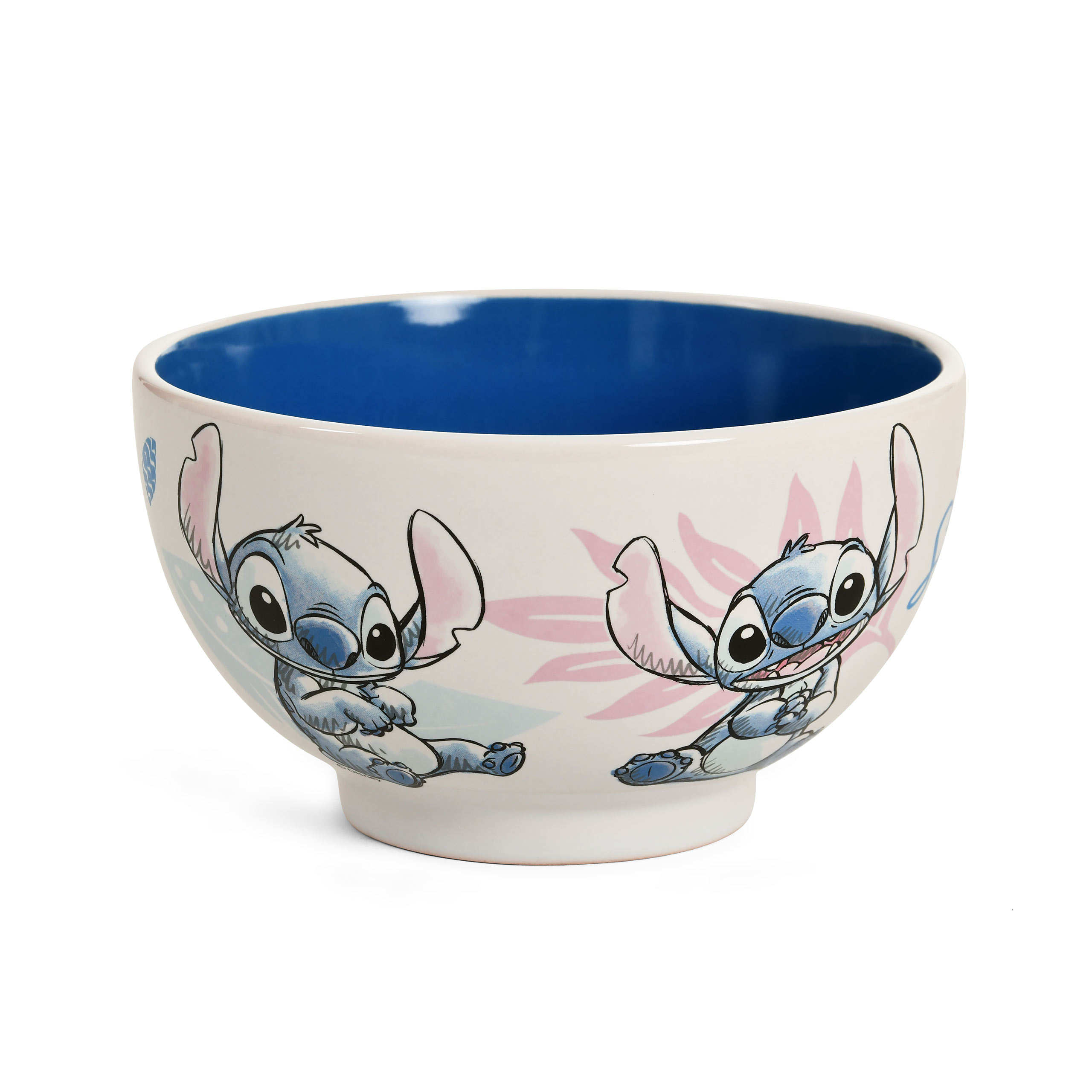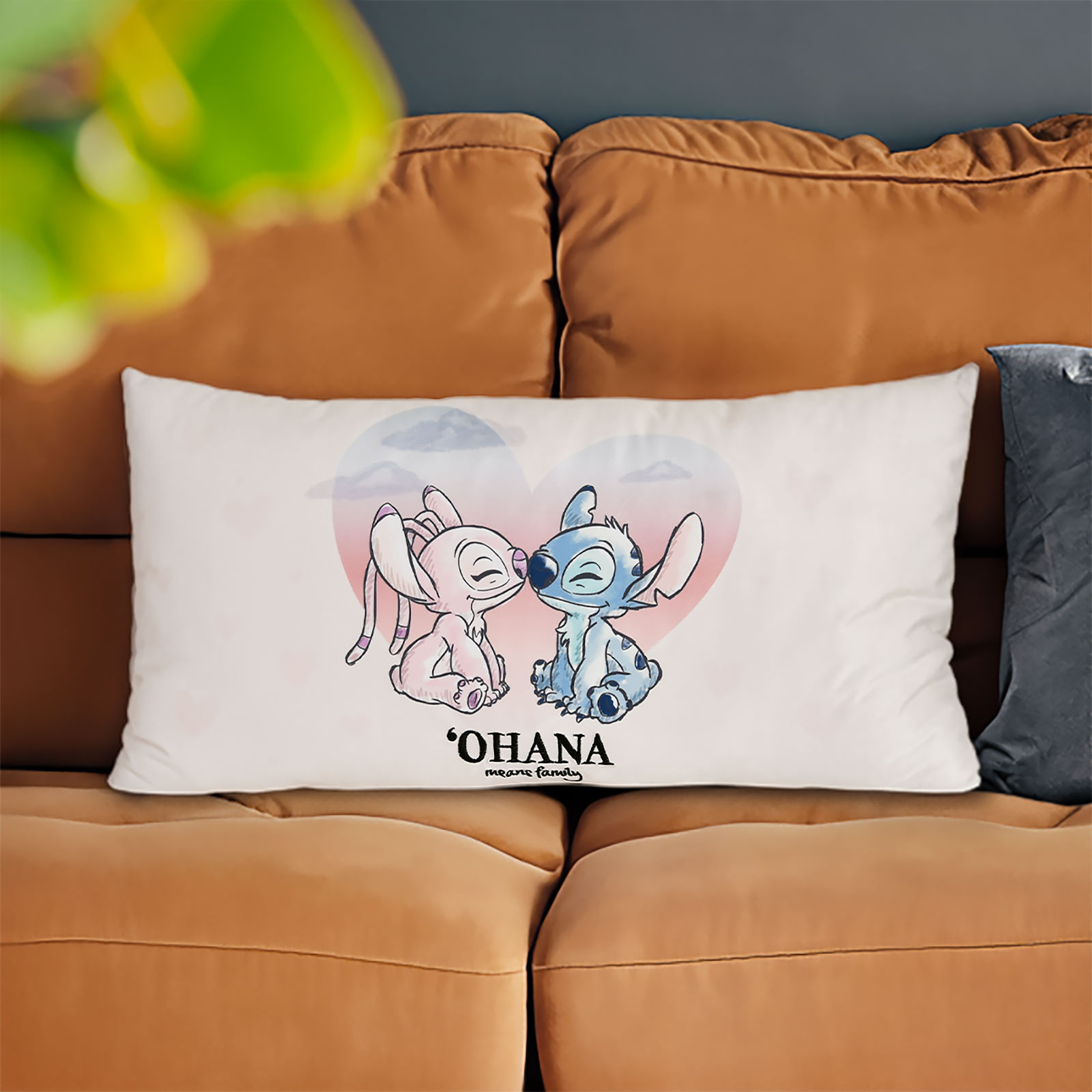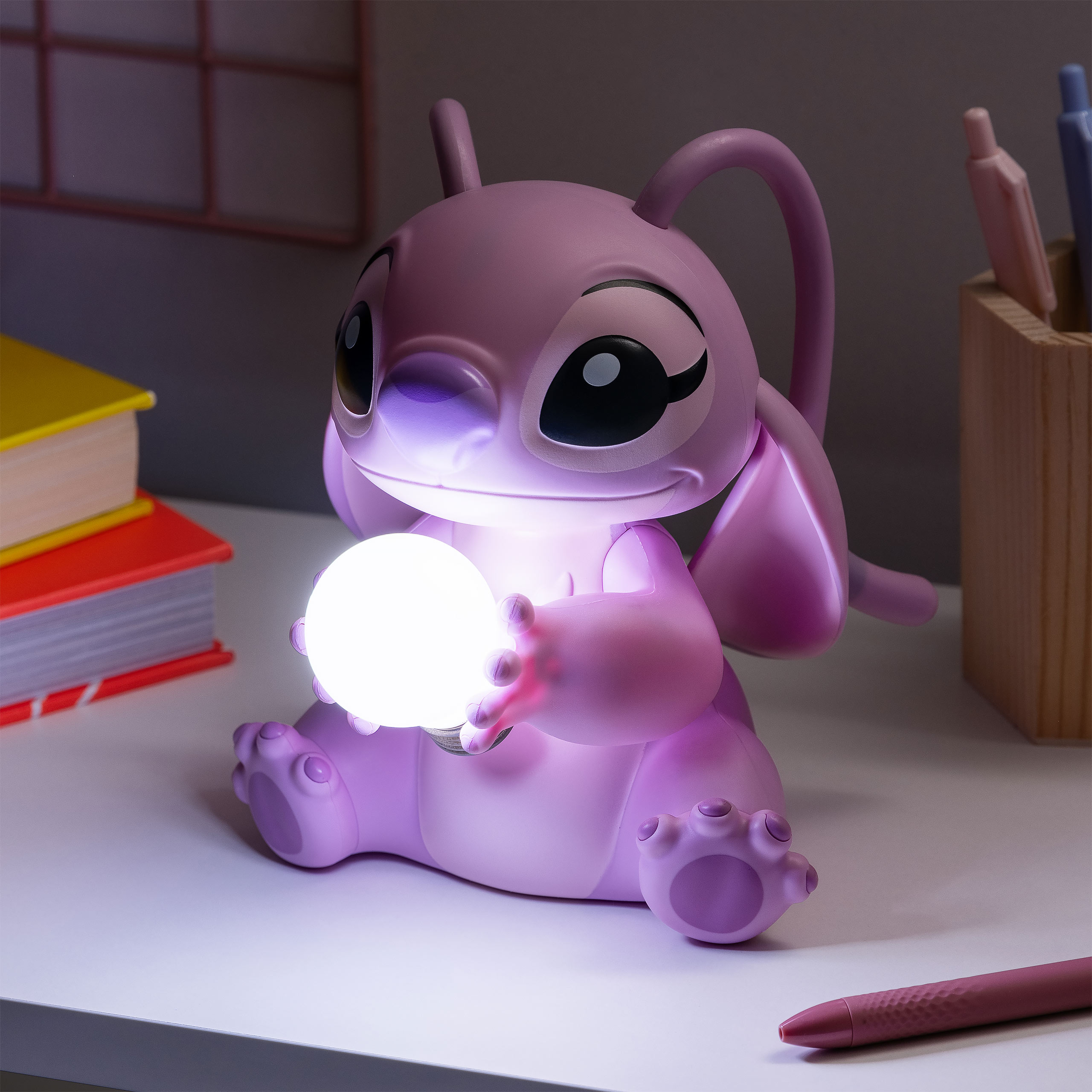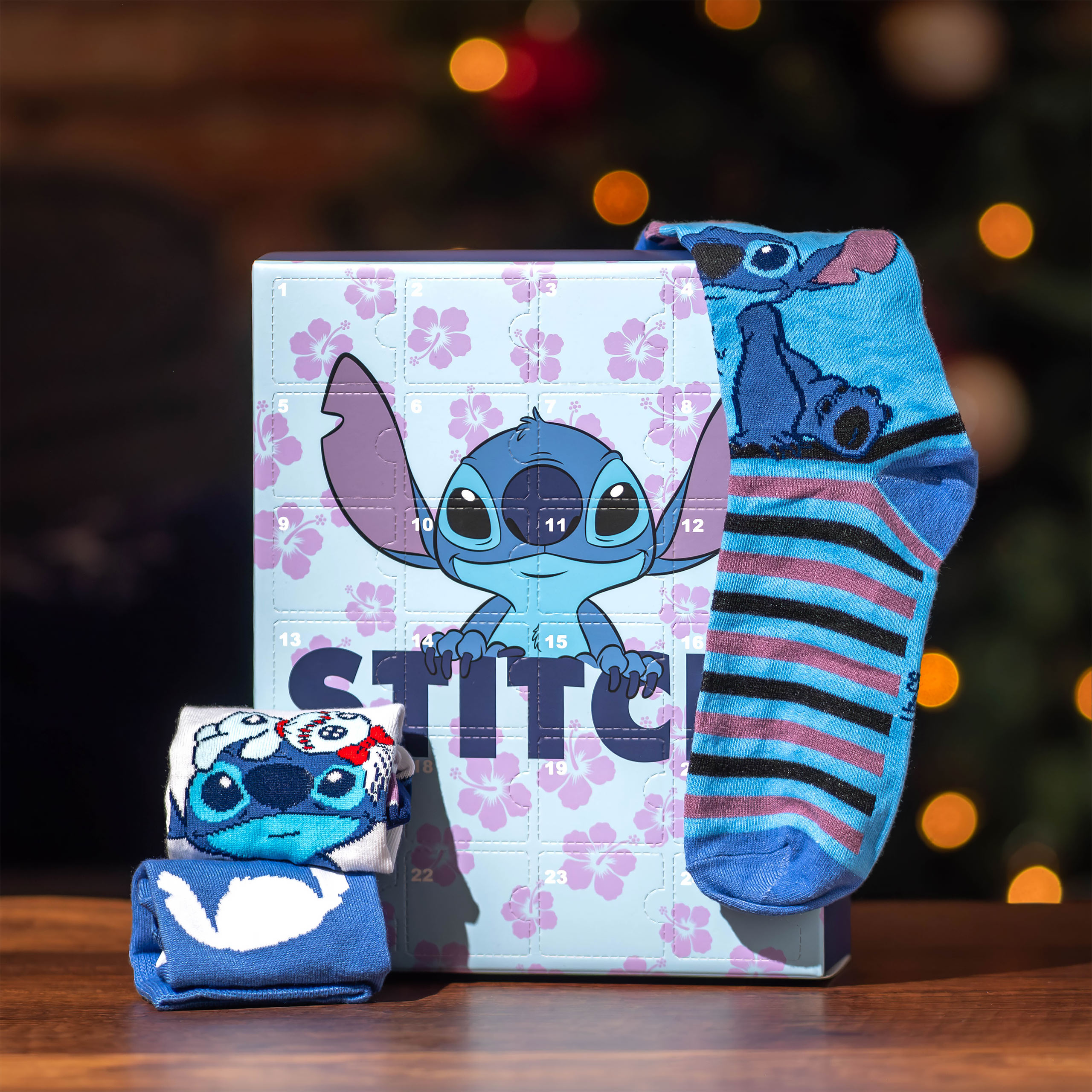Lilo & Stitch
-
All brands
-
Lilo & Stitch
- Shirts
- characters
- Rucksacks
- To go mug
- Sweatpants
- Sweatshirts
- Accessories
- Baseball caps
- Cans
- Key chain
- cups
- Earrings
- T-shirts
- Christmas
- Coasters
- Wristwatches
- Hoodies
- purses
- Action figures
- Funko figures
- Money boxes
- Shoulder bags
- Glasses
- Knitwear
- Cosmetics
- Socks
- Lamps
- Stationery
- bag
- Necklaces
- Plush figures
- Pins
- Cosmetic bags
- Hats
- pillow
- Display articles
- Bathrobes
- Plate
- Umbrellas
- Board games
- Cereal bowls
- Mousepads
- Alarm clocks & wall clocks
- Headdress
-
Lilo & Stitch
The aircraft spaceship
Did it ever occur to you that Jumba's bright red spaceship looked a bit strange? Sure, a spaceship design is allowed to be wacky, but this one is more reminiscent of a classic aeroplane. And that's because it actually was originally an aeroplane! Towards the end of the film, the plan was that Jumba would hijack a Boeing 747 and crash it into the buildings of Honolulu. But then came September 11, 2001 and the attack on the World Trade Center. And so, in a very short time, the team had to transform its plane into a spaceship, which was only even possible because the 747 was one of the few digital elements in the film that was not painted by hand. Luckily!
Content: 0.5 litre (€29.90* / 1 litre)
The hit that no one saw coming, not even Disney!
The late 1990s were difficult for Walt Disney Animation. Projects like Atlantis and The Treasure Planet had become increasingly elaborate and expensive but were box-office flops. And animator Chris Sanders, who had just spent six years working on Mulan, thought to himself: there must be another way. "I wanted to make smaller films. And I was willing to swap a big budget for creative freedom." This was an approach that gave rise to Lilo & Stitch, one of the most unusual and wacky Disney films ever! And a film that under normal circumstances would never have made it to the cinema. Let's explore how it came about.
From children's book to film
When Thomas Schumacher, then head of Walt Disney Feature Animation, asked Sanders what he would like to work on, the latter dug out an old children's book he had written years ago. It was about a strange creature that had to survive in the forest. Schumacher gave his approval, but also offered Sanders some crucial advice: "Let it play out in the human world." No problem! So Sanders recruited his buddy Dean DeBlois, whom he had met during the production of Mulan, and the two began to rework the book as a film.
Sanders was keen to implement Schumacher's proposal, but he stuck to the idea of an isolated location. At first he thought of Kansas, but in the end he decided on Hawaii. An unused scenario, but also one with its very own problems, which Sanders and DeBlois were very familiar with from Mulan. In a real setting with such a unique culture, there were elements that they, as outsiders, could not just appropriate. That's why they started talking to as many Hawaiians as possible early on, bringing musician Mark Keali?i Ho?omalu on board and casting Honolulu-born actress Tia Carrere as Nani as well as giving her a say in how characters were portrayed.
No money for shadows
The setting of Lilo & Stitch was pretty crucial to the final product, but the same goes for the animation style. And this was completely developed and designed by one person, something that is unimaginable today. That person was Chris Sanders, the film's director and writer. All of which was only possible because Thomas Schumacher was explicitly in favour of changing the typical Disney style. So Sue Nichols, a visual supervisor, set about analysing Sanders' drawings and turning them into a book called "Sanders' Style Surfing" to enable the many different artists to produce a uniform look.
The fact that Lilo & Stitch looks so different from other Disney films, especially at the time, is also due to the small budget previously mentioned. Sanders simply could not use the kind of elaborate computer graphics deployed in The Treasure Planet, and he decided to make a virtue of necessity. What he relied on was a technique last used in Dumbo in 1941: backgrounds painted with watercolours! This was a decision that caused some raised eyebrows. Because the old technique had pitfalls, especially because so much was painted by hand. Nani, for example, was supposed to wear two different T-shirts, something that was abandoned for cost reasons. The same applied to all sorts of tiny details such as trouser pockets, which would have to be drawn each time. Even essential things like shadows were only used with care: "We just could not afford shadows," says DeBlois. "That's why so many scenes take place in the shade of trees or bushes."
Hide and seek
Unlike most Disney films, Lilo & Stitch was not produced at the company's headquarters in California, but in Florida. More precisely: in the middle of the Disney theme park! Sanders was thrilled. "The studio in Florida was what I imagined the headquarters to be like in the early days of Walt Disney. A brand new studio, full of talented people eager to prove themselves." His colleague DeBlois describes the location rather more modestly, "You could hear screams from the Tower of Terror the whole time ..."
But the choice of location had some advantages. For example, the small studio brought the team closer together and the animators even drew inspiration from the many visitors running around, using them as models for Lilo's tourist photos in the film. More importantly, however, the studio in Florida was far removed from the headquarters in California. And this was quite important. When Schumacher saw an initial prototype, he was taken with it but was sure that Disney's bosses would blow the thing to pieces with their comments. In fact, we say with some confidence that the decision to use watercolours would have been overturned. To avoid all that, Schumacher made a decision, "We'll hide the film. We just won't let anyone see it until it's good enough."
As a result, Disney CEO Michael Eisner did not get to see Lilo & Stitch until it was finished. And he loved it! Even if he couldn't explain why. "It's all so strange. But in a good way." And audiences felt the same. Okay, so Lilo & Stitch wasn't the kind of mega-success that would rival The Lion King. But nor was it ever going to be. Lilo & Stitch was planned from the outset as a small film and yet it grossed three times its cost. What's more, thanks to his wacky nature, Stitch became one of the most popular Disney characters ever, inspiring his own theme park attractions and merchandise. Speaking of which ...
Continuing popularity
Even we are completely flabbergasted at how popular Lilo & Stitch still is! For sure, we love the film too. But even we could never have imagined the impact that Experiment 626 would have on Lilo & Stitch merchandise! From Lilo & Stitch figures, Lilo & Stitch T-shirts, Lilo & Stitch mugs to Lilo & Stitch hoodies, fans just can't get enough of this whimsical alien. And that's far from all the Lilo & Stitch items on offer. We now also have Lilo & Stitch purses, watches and all sorts of other products. Although it's hard to beat our Lilo & Stitch socks. And we are confident this popularity is not going to fade anytime soon. After all, if the rumours are true, Disney has been working for some time now on a live-action adaptation of its surprise hit. But this time with a bigger budget, that's for sure.





























